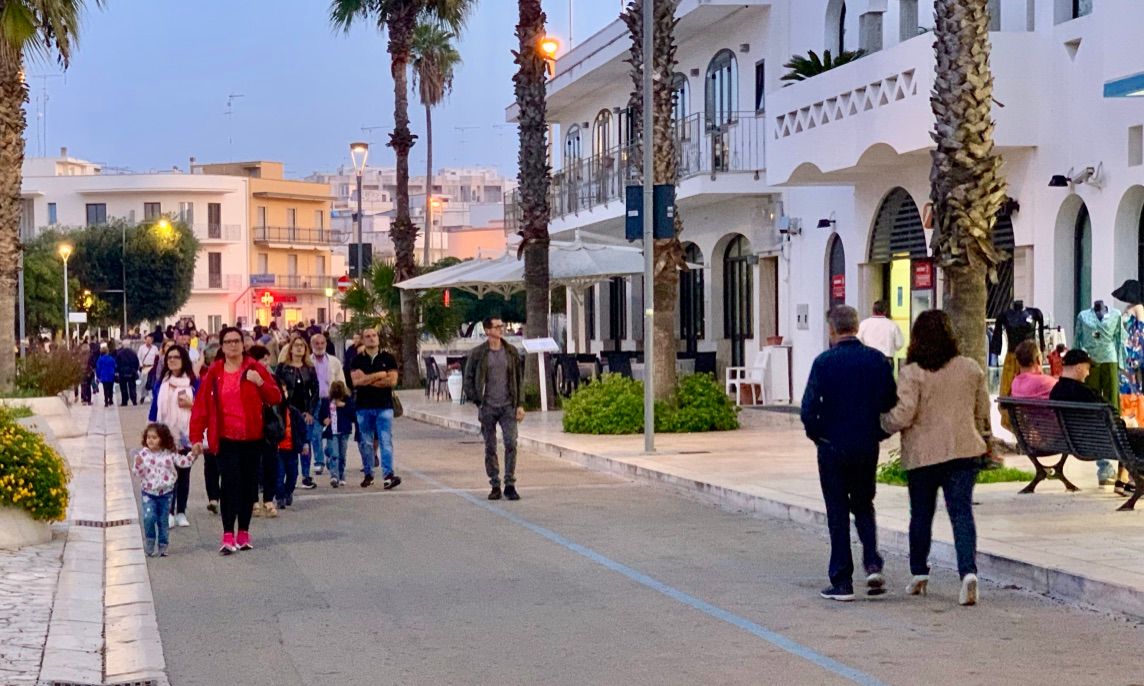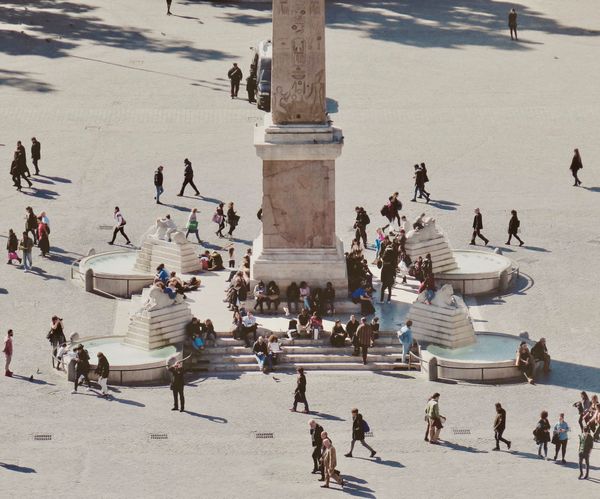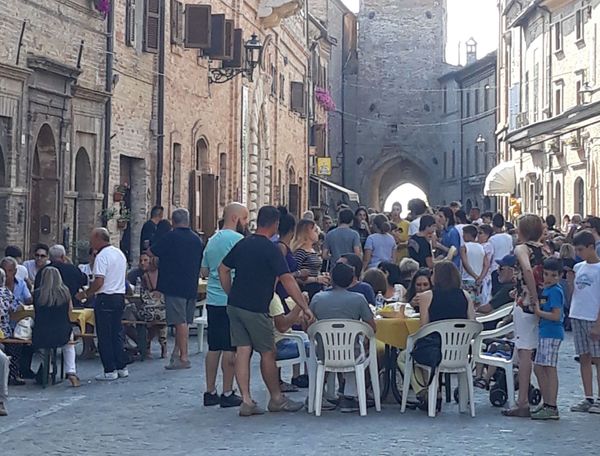By Jay Walljasper
Editors note: Images from Fred Kent and Kathy Madden. Text adapted from The Great Neighborhood Book.
From fashion to fettuccine to la dolce vita, the world looks to Italy for inspiration on finding pleasure in the world.
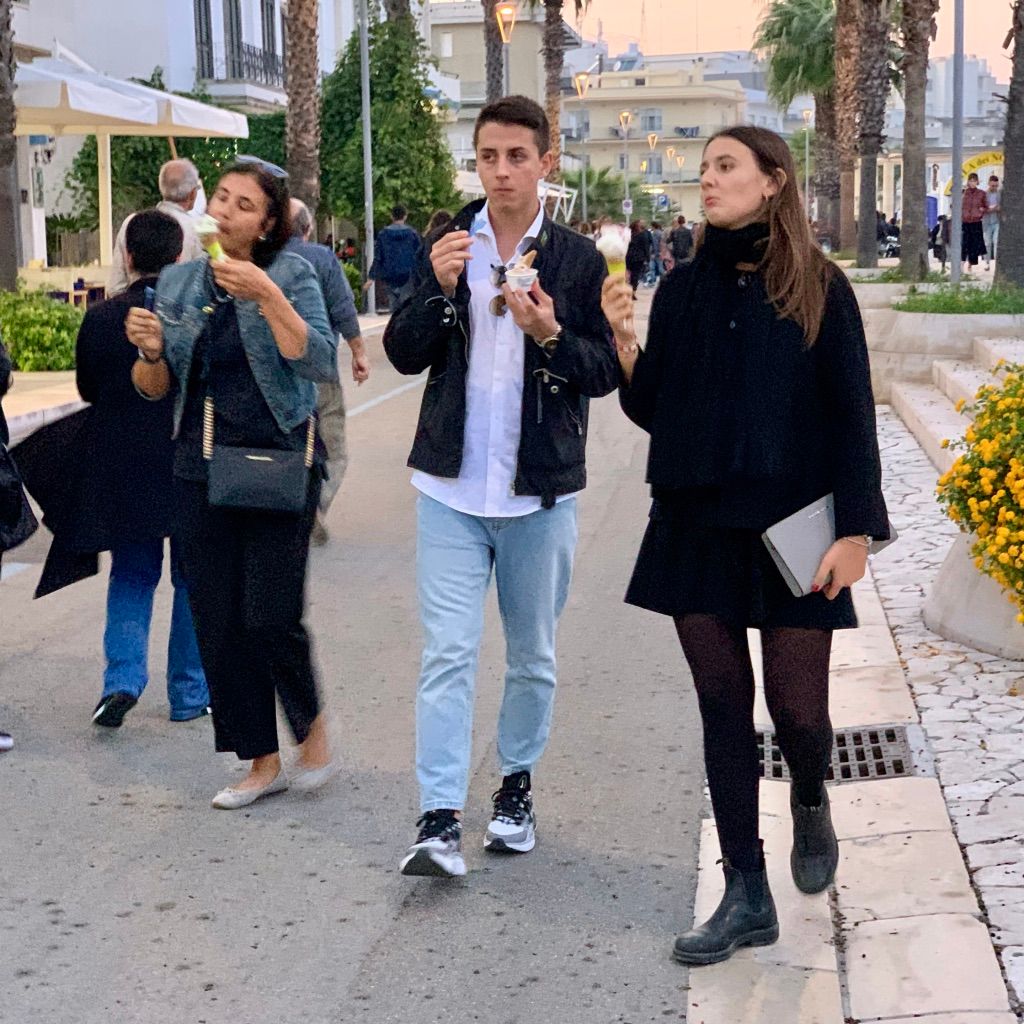
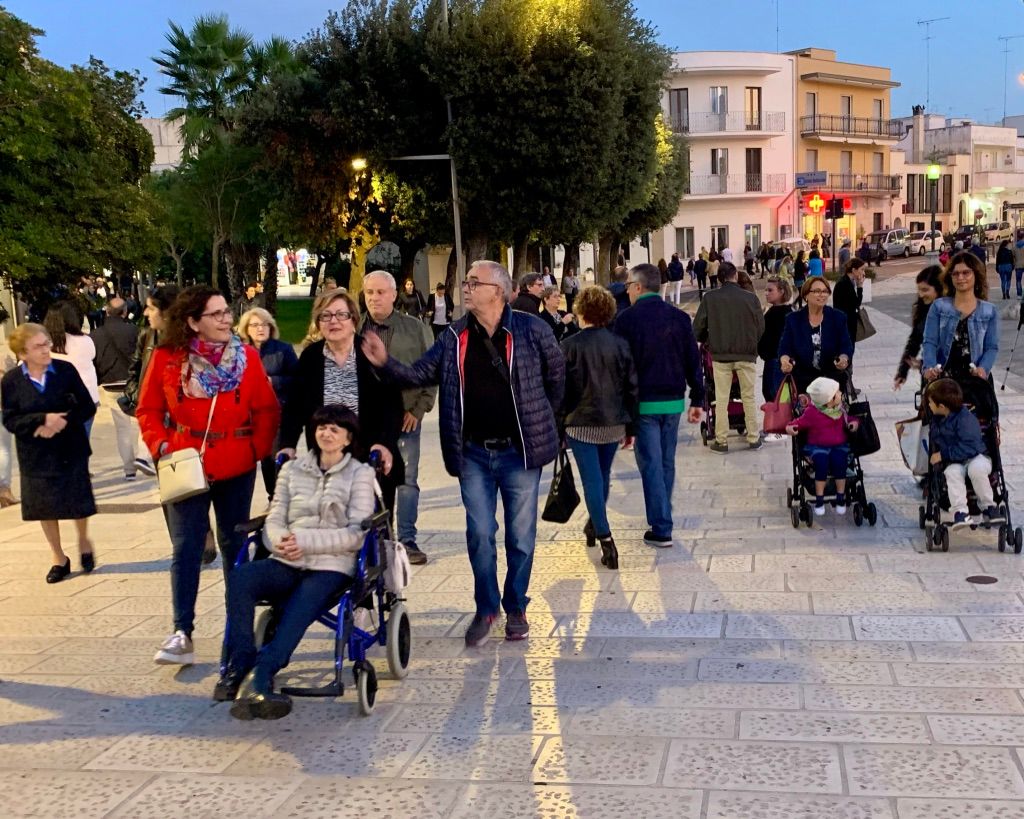
Humans share a basic instinct to gather in groups seeking fun and strengthening social bonds
I hope the next great Italian import to brighten our lives will be the passeggiata—an evening stroll for the express purpose of seeing and being seen. People follow the same route through a neighborhood or town, often making two or more loops, which provides plentiful opportunities for conversation, flirting and catching up on local gossip.
“I realized that I kept seeing the same people, but in different combinations," notes writer Adam Goodheart observing the social dynamics of passeggiata in the town of Eboli. "Here came a blond woman pushing a stroller. Next lap, she was arm in arm with a younger woman and the stroller was nowhere to be seen. Later, they’d been joined by an old lady who was pushing the stroller. Next, they were surrounded by men, jackets draped over their shoulder.”
The value of passeggiata is that it’s fun, it’s free, anyone can do it—plus, most importantly, it gives rise to an enlivening spirit of community. There’s no better way to genuinely connect us to those we live among.
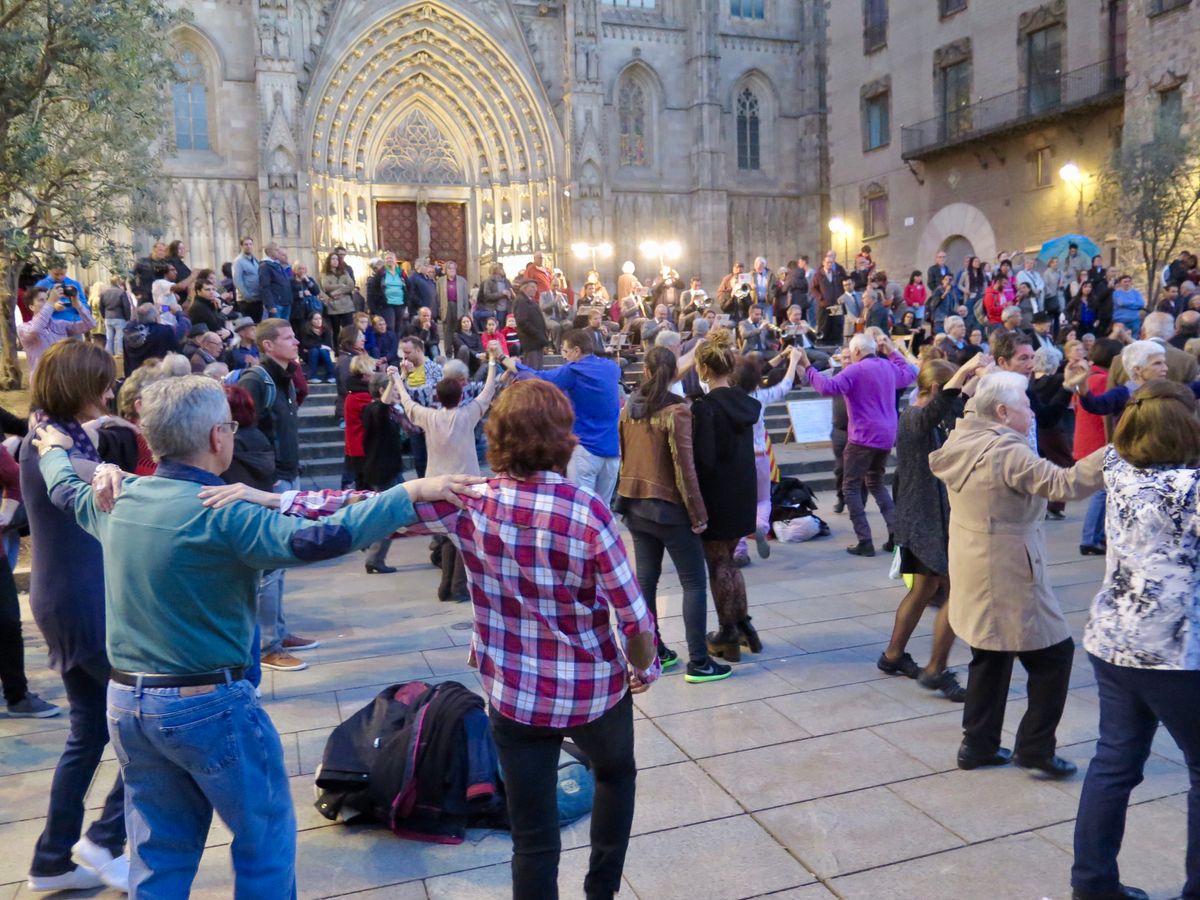
But passeggiata (pronounced pas-seg-già-ta) is not exclusively Italian. In Spain and Latin America, they call it the paseo. In Greece, the volta. Far beyond warm-weather places, the Germans enjoy a spaziergang and the Swedes a kvallpromenad. In English...and French, we call it a promenade— describing the activity as well as the place where we do it.
The promenade is well-documented in historical and literary sources. The bible’s Book of Genesis dates it back as far as Eden, describing God “walking in the garden at the time of the evening breeze.” No matter what your beliefs, we all share an enduring instinct to connect with people on a daily stroll.
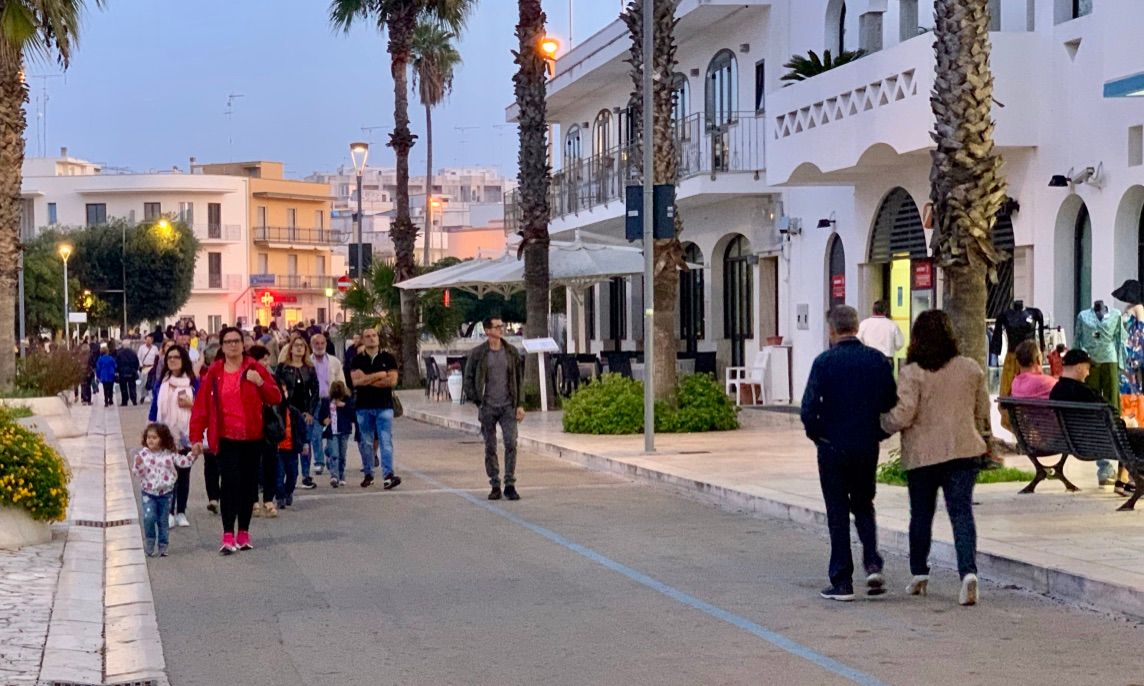
Noted architectural theorist and placemaker Christopher Alexander observes, “It seems that people, of all cultures, may have a general need for this kind of human mixing which the promenade makes possible.”
In his groundbreaking design guide A Pattern Language, Alexander recommends a promenade loop should be approximately 1500 feet (between ¼ and 1/3-mile), which can easily be walked in ten minutes at a leisurely pace. You don’t want to make the course too long for little kids or older people.
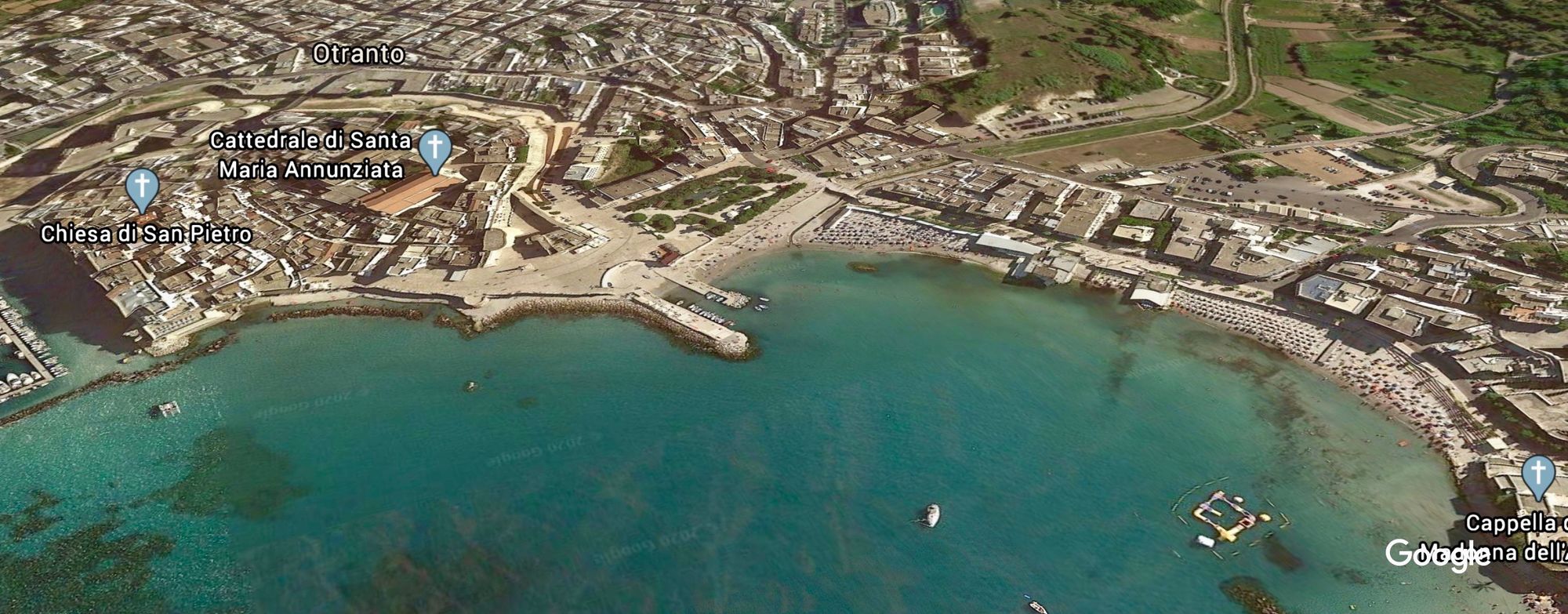
It’s important that there are many things to see and do along the route, Alexander emphasizes, with no dead zones (parking lots, blank walls, vacant areas) of more than 150 feet. While the primary purpose of these strolls is social, people also like to have some destination to gather: a café, playground, bookstore, ice cream shop or other public venue etc.
Even at the height of the Covid-19 crisis these activities were still possible in some cases on wide streets where physical distance can be maintained. But many Italians who were forced to give up the passeggiata sought each other’s company in less-contagious ways, such as singing to one another from their balconies. Now, as the stay-at-home orders are being eased, the country is now resuming its national pastime.
Other Resources
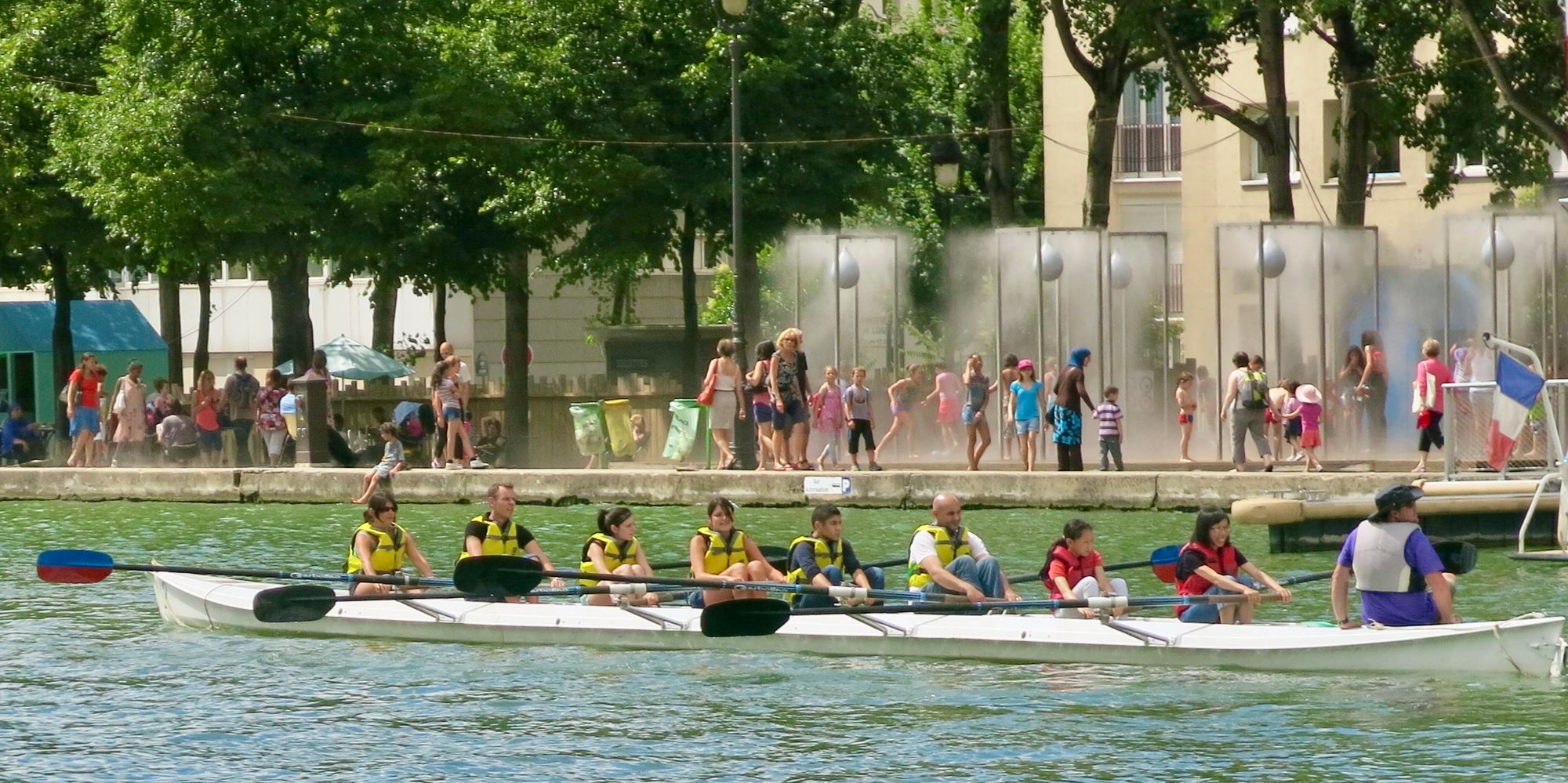
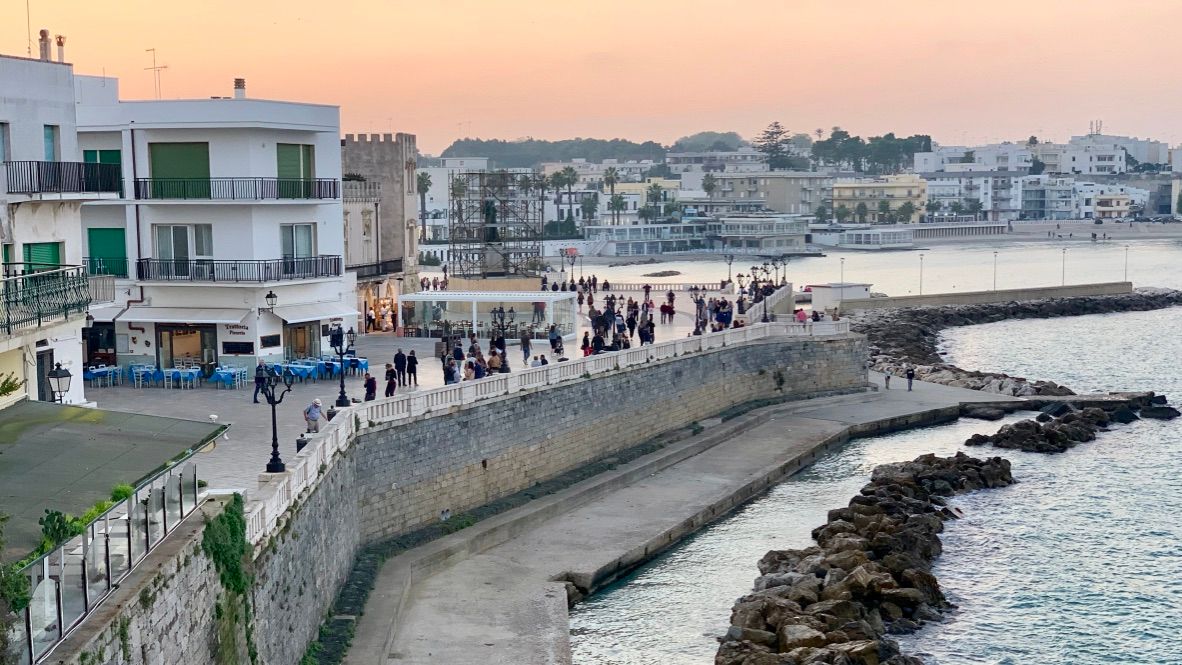
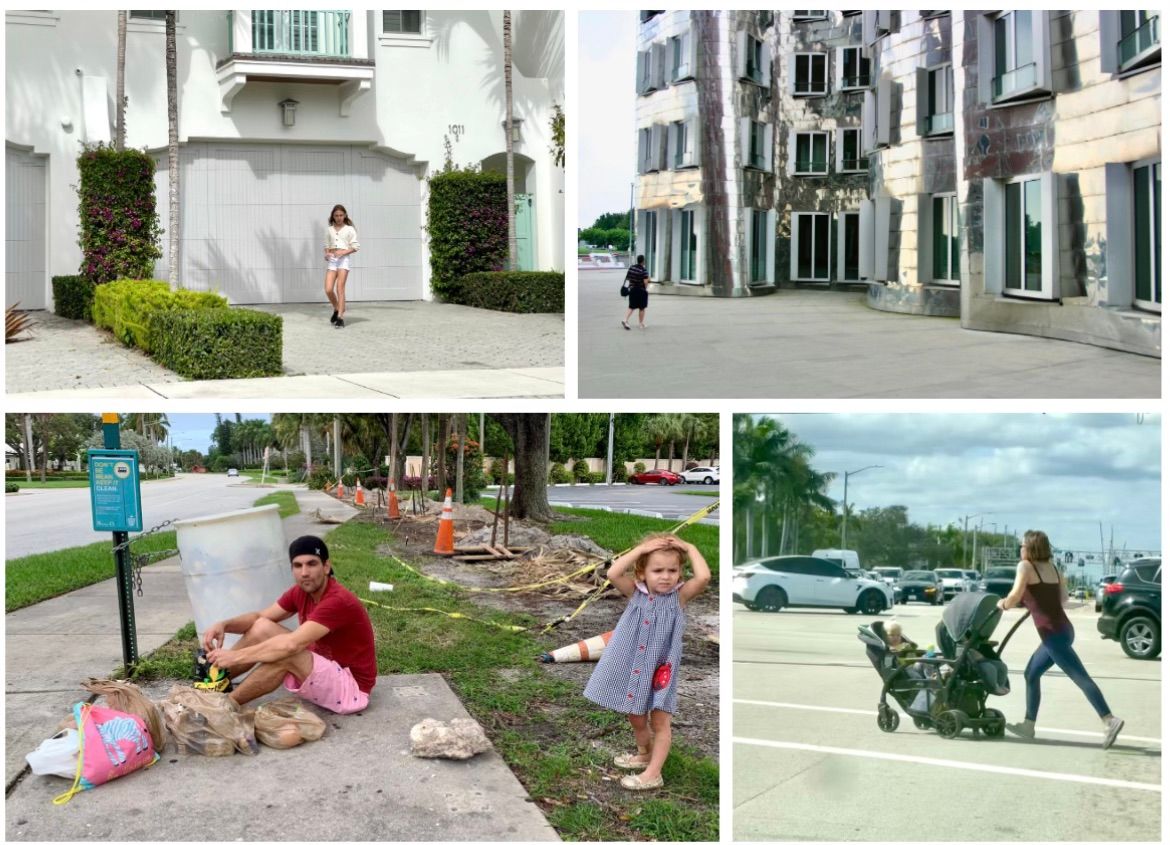
On The Placemaking Movement:
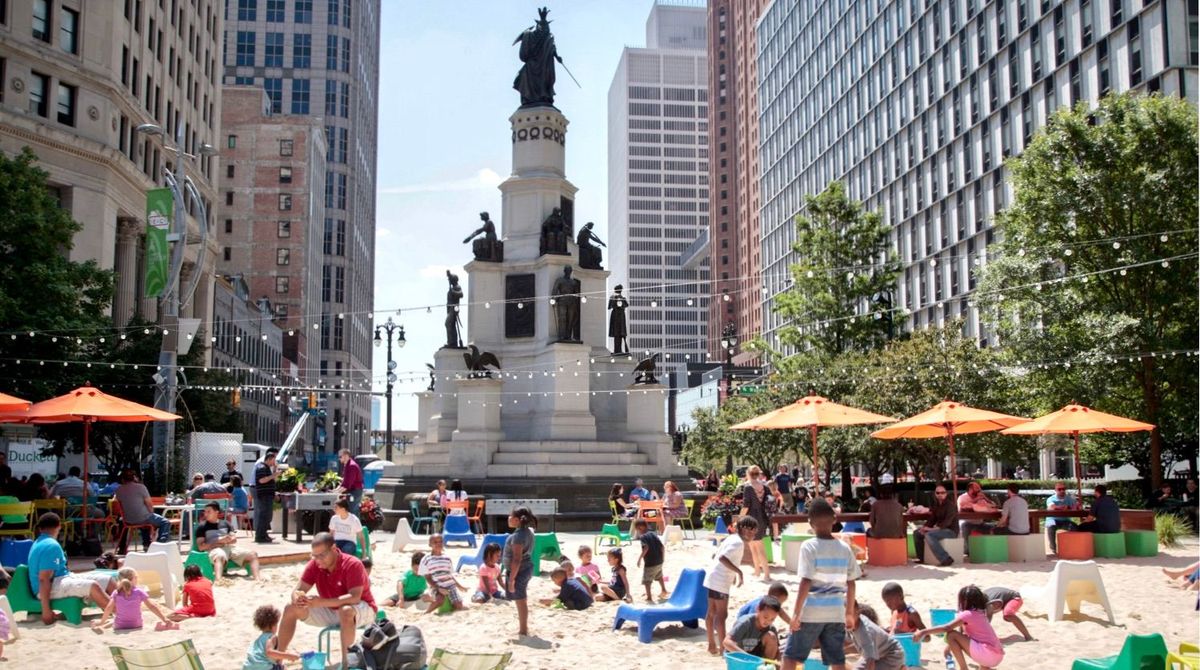
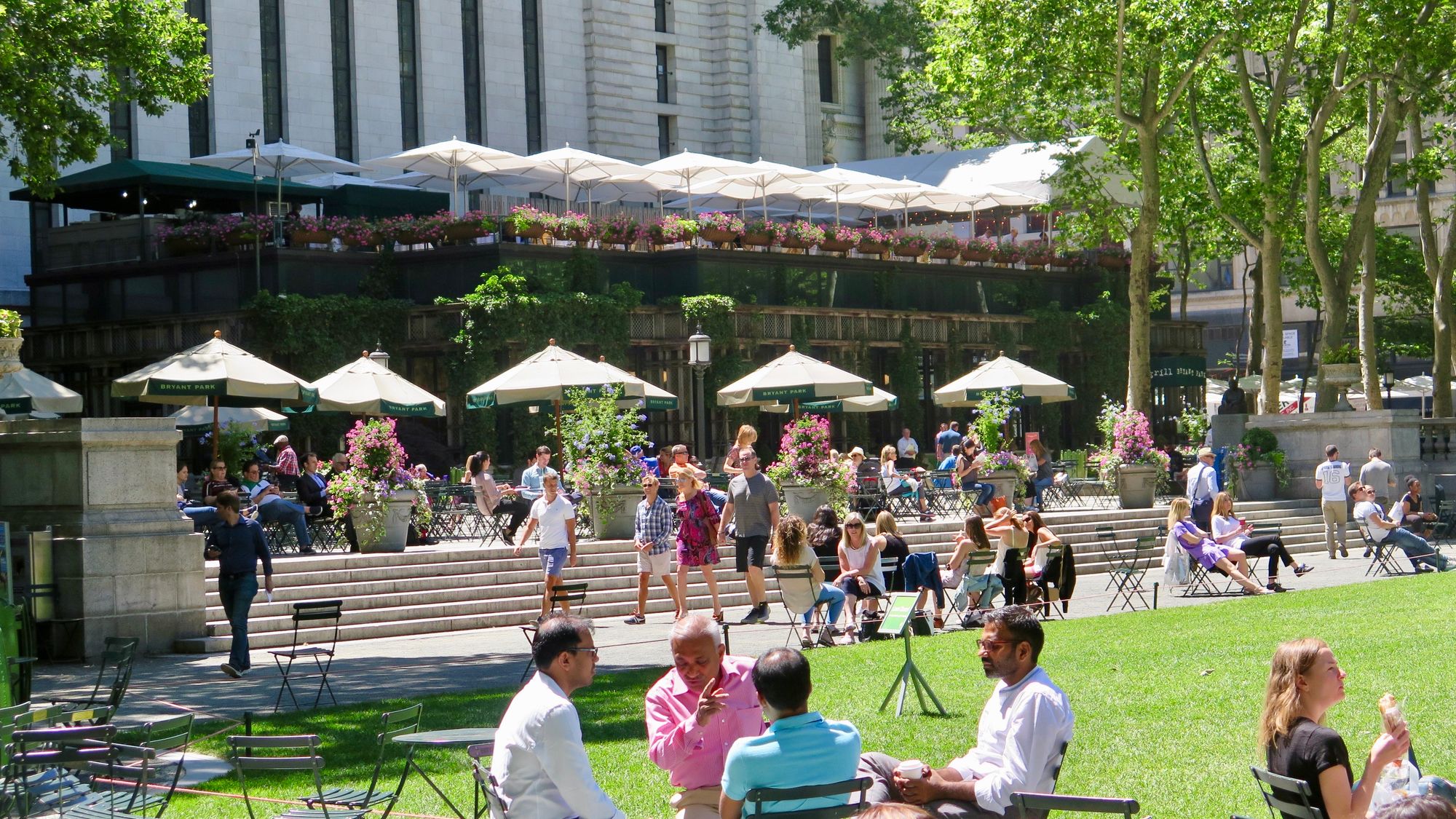
Who We Are
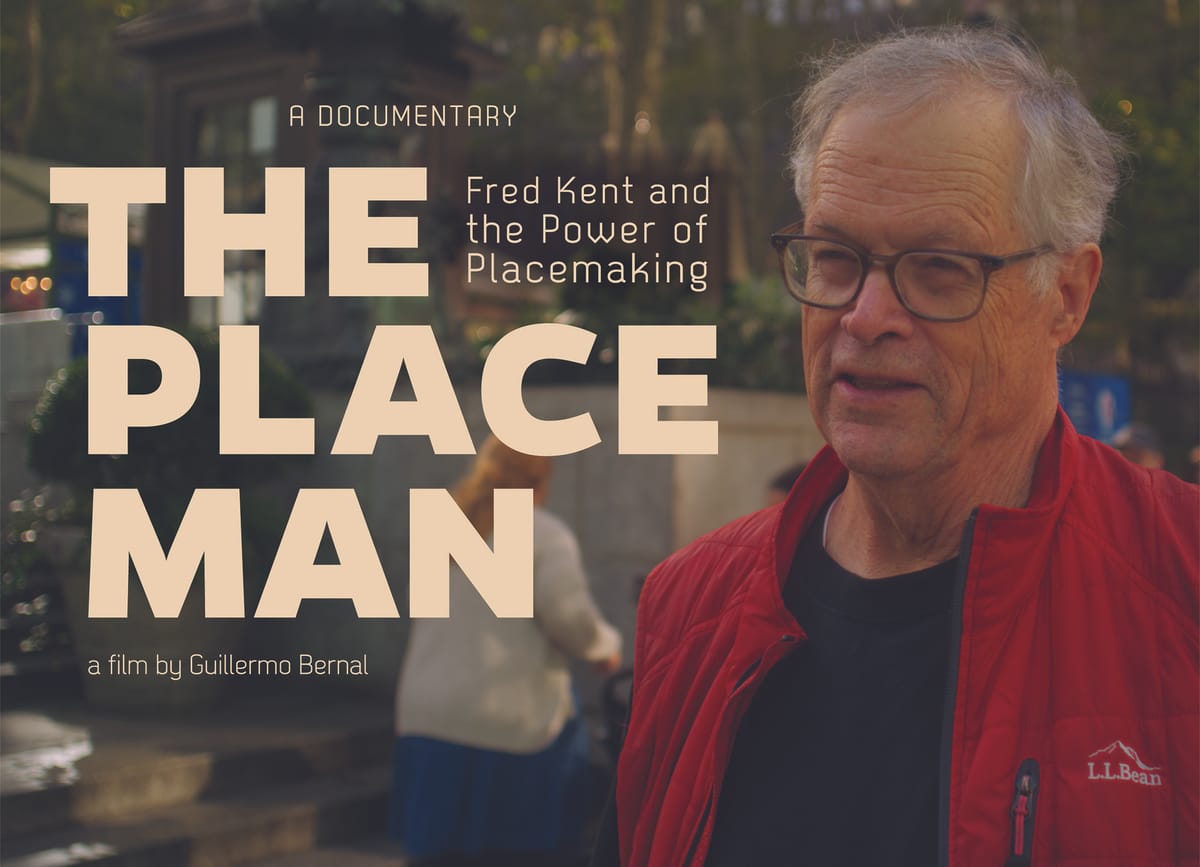
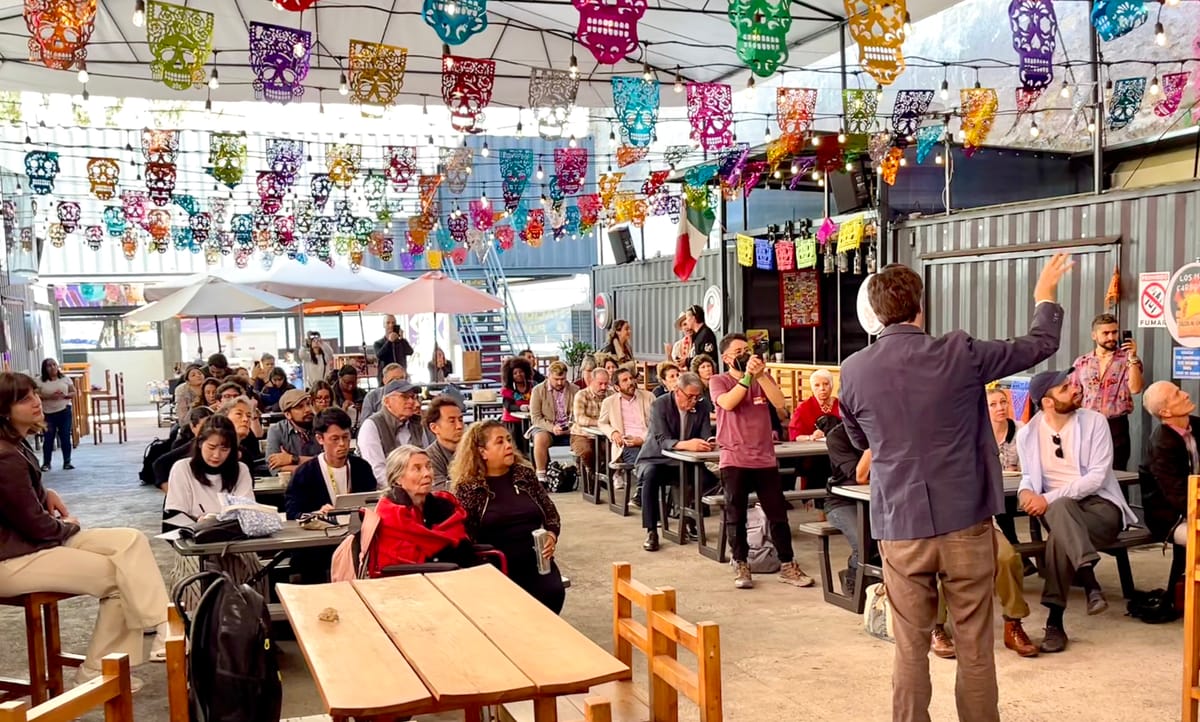
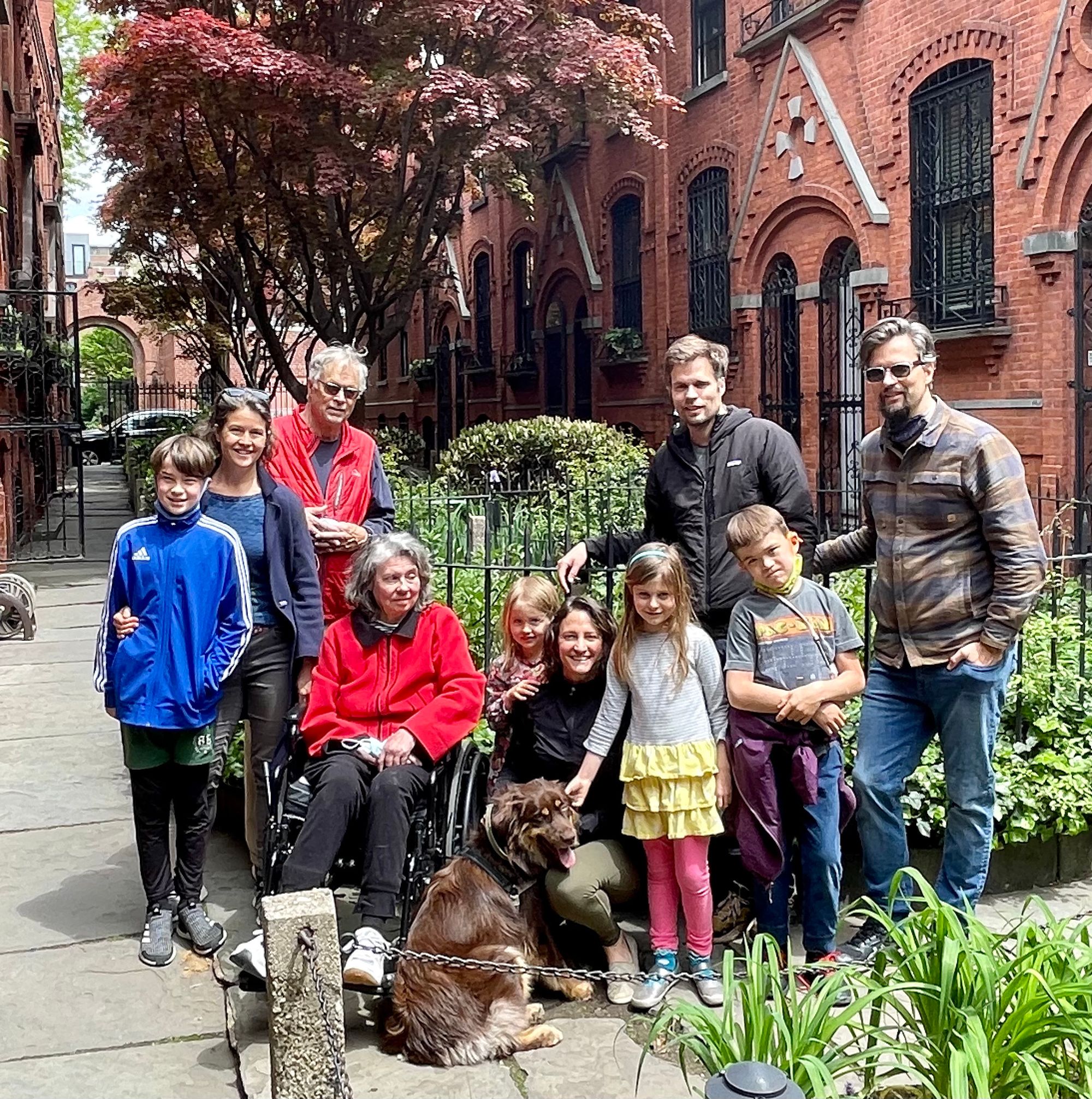
Our work is informed by living in Brooklyn
"There are more and more of us fighting for a different vision of the world—a world that takes care of our most precious resources: the air we breathe, the water we drink and the places we share." – Anne Hidalgo, Mayor of Paris, France

